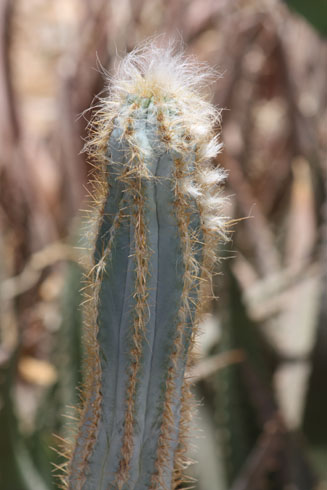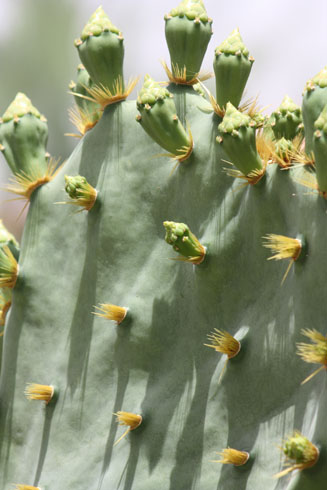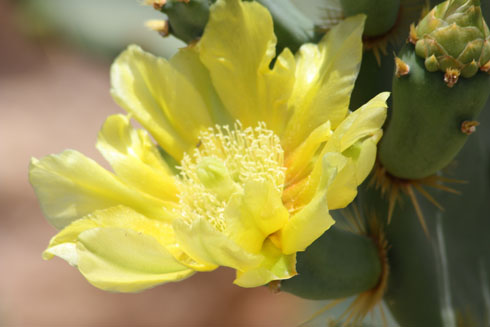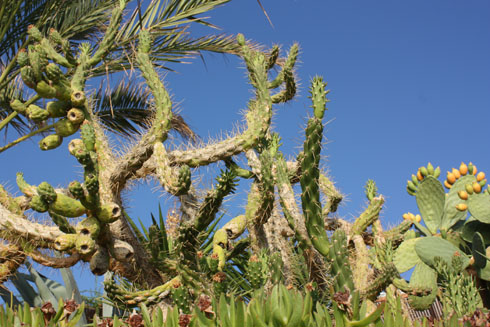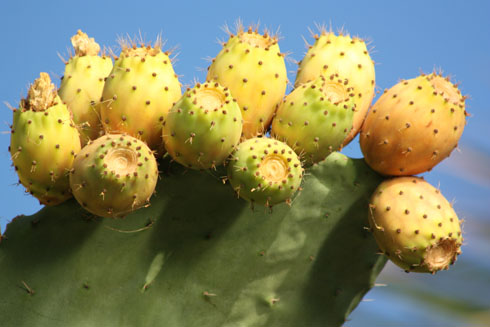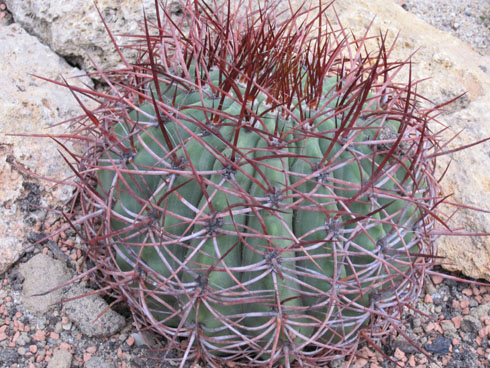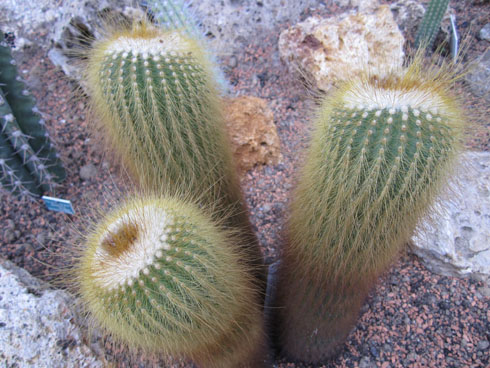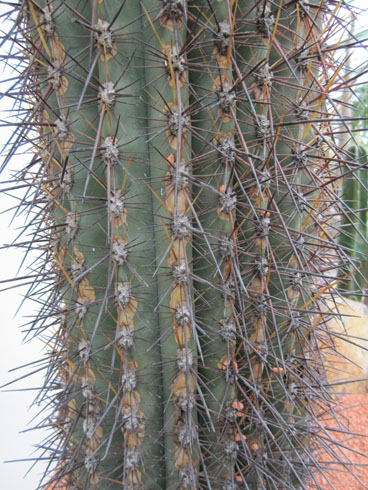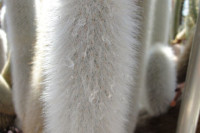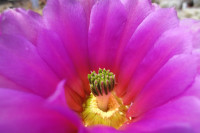Travel
If cactuses and succulents could only talk!: a collection of pictures and much more
Most beautiful plants from Egypt, Crete, Paris to Zurich
I love succulents!
My interest in succulents started at a young age when trying to care for a few tiny cactuses in my home. I had seen them in Western movies and was amazed how such plants could live for so long in the desert.
Then, I started to travel to the Canary Islands where I was able to see more succulents outside in the wild during my hikes.I got more fascinated after each visit at botanical gardens around the world.
Last year it was my lucky year! I was able to see many species in the outdoors in Crete, Egypt and in some exhibits at the Paris Jardin des Plantes and in Zurich Cactus collection.
So what do you know about cactuses and suculents? Something to know is that while all cactuses are succulents, not all succulents are cactuses. 1 out of 20 plants in the world is a succulent. They survive with their reservoir, keeping enough water in them for a long time.
Where do they store their water? Three places: leaves, roots or stems.Succulents don’t only live in the desert. Yes they are found in Arizona, California, New Mexico, in South Africa and other warm climates, but also in Argentina, Pantagonia, the Andes, Switzerland and the Himalayas. They do well in the desert, but also in rocky and gravel territories.
If you are a fan of cactuses, they belong to the stem succulents. The cactus is the biggest specie, then comes the dogbanes and milkweeds and lastly the spurges.The other succulents which are not cactus are orchids, ice plants, orpines, aloes and agaves.If cactus have sometimes leaves, it is not common.
Over the years, leaves have turned into spines to protect themselves from animals and from the sun. The spines can be long or short, thick of thin, sharp or not. The spines varie in colors as well going from white, yellow to brown. They also have a funny way to protect themselves with lianes, hairs or something looking like cotton.
Cactus can be tall up to 19 cm or very small like 1 cm. If you buy a cactus when you are a young child and care well for it, it could be with you all your life. Most live 75 years and some up to 300 years.
The Opuntia has edible fruits and its pads are good in salads for instance. Aloes are used in yogurts and creams and Agaves in Tequila drinks.
Following is a collection of pictures of succulents taken in various places:at a garden in Sharm el Sheikh on the Red sea on Nana beach in Crete, at the Jardin des Plantes in Paris, & at the Zurich Succulents exhibits (coming up next week):
Island of Crete:
Paris:


